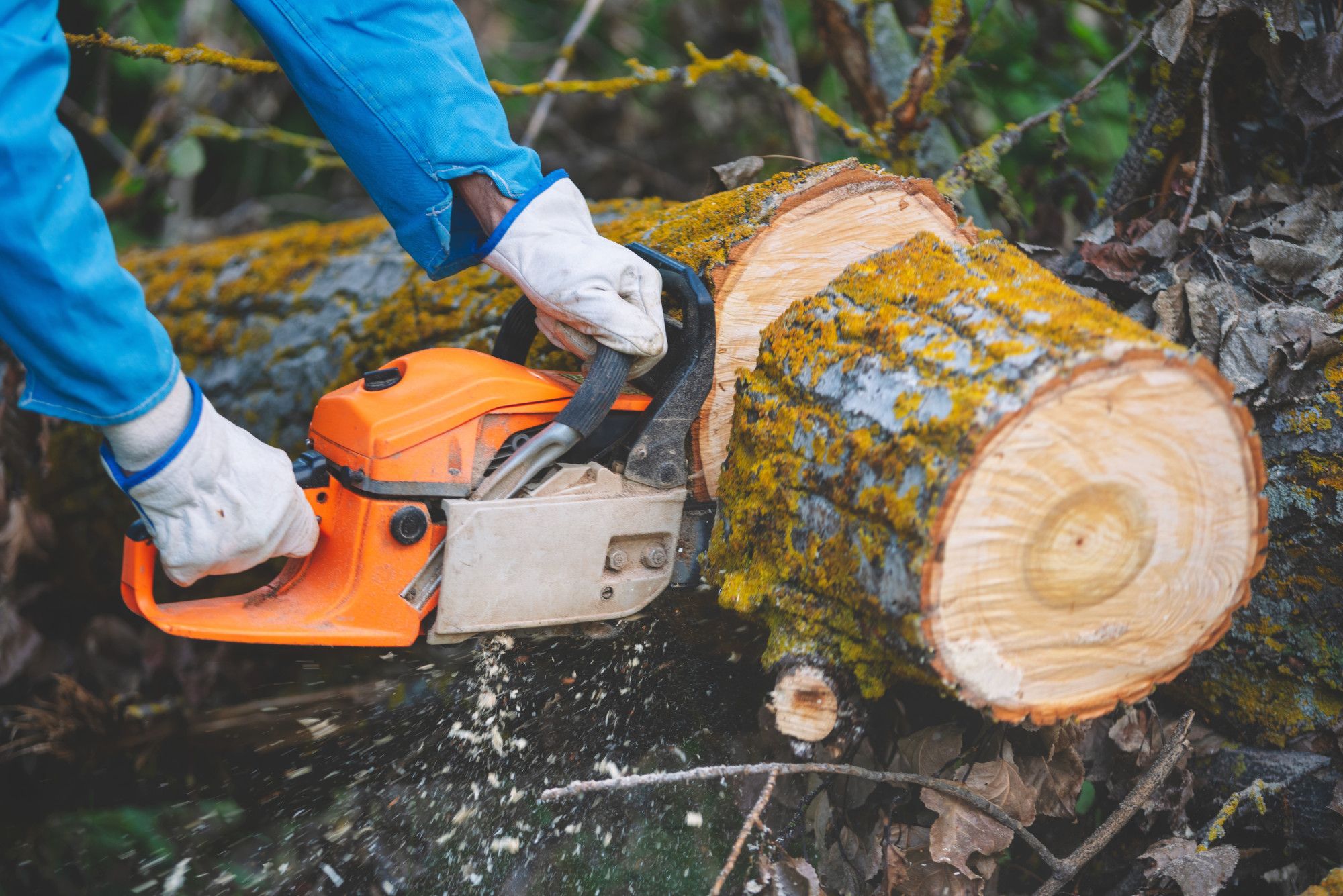In Melbourne, storms can strike suddenly and leave a trail of damage in their wake. Among the potential hazards are fallen or damaged trees that pose immediate risks to property and safety. Knowing what steps to take after a storm can make a crucial difference. This article outlines a guide on emergency tree removal in Melbourne, focusing on what to do immediately after a storm.
1. Prioritize Safety First
After a storm, safety should be the top priority. Assess your surroundings for any immediate dangers, such as downed power lines or unstable structures. Keep a safe distance from damaged trees and branches, as they may be unstable and pose a risk of falling.
2. Assess the Damage from a Safe Distance
Once it’s safe to do so, assess the damage to trees from a distance. Look for visible signs of instability, such as leaning trunks, cracked branches, or uprooted trees. Identify trees that may be threatening structures, utility lines, or walkways.
3. Contact Emergency Services
If the situation is urgent and poses an immediate threat, contact emergency services in Melbourne. They can dispatch professionals to assess the situation, secure the area, and address any immediate dangers. In cases where there is damage to utility lines, it’s essential to contact the relevant authorities to ensure a prompt response.
4. Document the Damage for Insurance Claims
Before any cleanup begins, document the damage for insurance purposes. Take photographs of the affected areas, including damaged trees, fallen branches, and any impact on structures. This documentation will be valuable when filing insurance claims for storm-related damage.
5. Evaluate the Severity of Tree Damage
If it’s safe to approach damaged trees, evaluate the severity of the damage. Some trees may be salvageable with proper care, while others may pose an ongoing risk and require removal. Look for signs of disease, deep cracks, or extensive root damage that could compromise the stability of the tree.
6. Seek Professional Tree Removal Services
For trees that pose a risk or are severely damaged, it’s advisable to seek professional tree removal services in Melbourne. Emergency tree removal requires specialized skills and equipment to ensure a safe and efficient process. Professional arborists can assess the situation, provide recommendations, and carry out the removal with minimal risk.
7. Obtain Necessary Permits for Tree Removal
In Melbourne, certain trees may be protected by local regulations. Before removing a tree, check with local authorities to determine if permits are required. Emergency situations may be exempt from some regulations, but it’s crucial to ensure compliance to avoid potential legal issues.
8. Schedule Prompt Cleanup and Restoration
Once emergency tree removal has been performed, schedule prompt cleanup and restoration. Remove debris, fallen branches, and any potential hazards from the affected area. If there are remaining trees that require care or restoration, consult with arborists to develop a plan for ongoing maintenance.
9. Consider Replanting for Greenery and Stability
If trees have been removed, consider replanting to restore greenery and stability to the landscape. Select trees that are well-suited to Melbourne’s climate and soil conditions. Planting native species can contribute to the overall resilience of the landscape.
10. Learn from the Experience for Future Preparedness
After an emergency tree removal situation, take the opportunity to learn from the experience. Consider implementing preventive measures, such as regular tree inspections, pruning, and maintaining a safe distance between trees and structures. Being proactive can reduce the risk of storm-related damage in the future.
In conclusion, emergency tree removal in Melbourne after a storm requires a strategic and safety-focused approach. Prioritizing safety, seeking professional assistance, and following local regulations are essential steps in mitigating risks and restoring the landscape after a storm. By taking prompt and informed actions, homeowners can navigate the challenges of post-storm tree management effectively.
 seolounge
seolounge